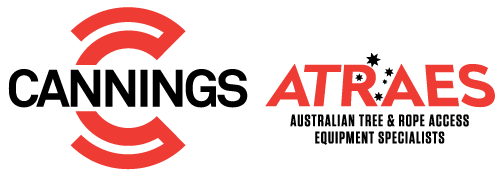- Home
-
SHOP
Shipping Australia wide
Shop online
Need help?
Get in touch
(03) 9535 2666 - workshop
- Blog
- ABOUT US
- CONTACT US
Rope Cleaning Guidelines
Climbing Line Cleaning and Disinfection
Considering the current Global Covid-19 crisis, Yale Cordage offers the following guidelines for cleaning and disinfecting climbing lines to minimize the risk of disease transmission and remove other contamination that may directly impact your rope’s performance and longevity. Cleaning of ropes and other life-safety equipment should only be done as a last resort and not on a regular basis. Proper care, use, and inspection of ropes will significantly extend the product’s service life, and mindful use should virtually eliminate the possibility of sharing and spreading disease. Do not share personal protective equipment, climbing lines, harnesses, helmets, etc. Follow guidelines set by the CDC or other local health agency to reduce the risk of exposure by maintaining social distancing and minimizing non-essential interactions with equipment belonging to friends and colleagues. In cases where cleaning or disinfecting your climbing equipment is believed to be necessary, please adhere to the following guidelines.CLEANING
- Cleaning climbing lines can be an effective way of removing germs, dirt, and other impurities from your equipment and reduce the risk of spreading disease. Cleaning does not kill germs, but it can effectively remove them from your equipment. Following the cleaning guidelines below should be efficient for the majority of rope users.
- Always use cold or warm water, never wash in hot water.
- Do not use bleach or other harsh chemicals when cleaning ropes.
- Wear gloves while handling dirty or wet climbing lines to further reduce risk of spreading germs.
- Machine laundering: In the simplest case launder climbing lines as you would clothing. Be careful to bag your rope in a liquid permeable mesh bag to avoid tangles. Do not use a top load washing machine with an agitator as this can cause damage to the machine. Use mild laundry detergents without bleach and follow the instructions provided on the detergent. Always wash on cold or warm temperature settings. Never wash with HOT water as this can damage fibers or remove performance improving fiber finishes. Allow to air dry naturally, away from sources of heat or direct sunlight. Drying may take up to 48 hours depending on temperature and humidity.
- Bucket or Container: If a washing machine is not an option, fill a 5-gallon bucket with warm tap water and detergent mixture. Flake rope into bucket until completely submerged. Agitate rope in detergent solution for 5 minutes before removing and discarding soiled water. Repeat until water remains clear after washing, usually 2 – 3 times. Once the rope is clean, thoroughly rinse with fresh water and allow to air dry naturally away from sources of heat or direct sunlight for 48 hours.
DISINFECTING
Disinfecting is a process of killing germs and viruses, and most techniques rely heavily on the use of chemicals such as alcohols, acids, or sodium hypochlorite (bleach). Disinfecting does not clean ropes. Cleaning should be performed prior to disinfection to achieve the best results, and like cleaning, disinfecting should be performed sparingly and only in cases where it is believed to be necessary such as when a rope has become contaminated with bodily fluids.- Select an alcohol-based disinfecting solution, ethanol, methanol, isopropanol of at least 70%concentration. These chemicals will not harm your rope’s fibers at normal temperatures.
- Never use an acid-based disinfecting solution on ropes.
- Follow instructions provided with disinfectant.
- Apply disinfectants at room temperature only, never use hot solutions to treat ropes.
- Once the rope is disinfected, thoroughly rinse with fresh water and allow to air dry naturally away from sources of heat or direct sunlight for 48 hours.








